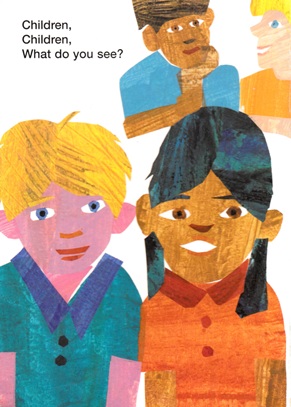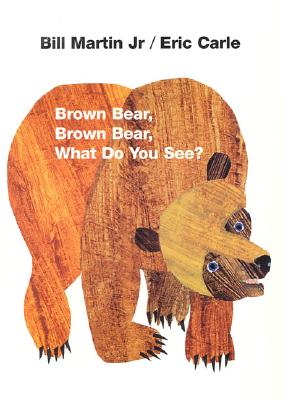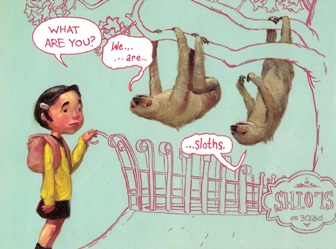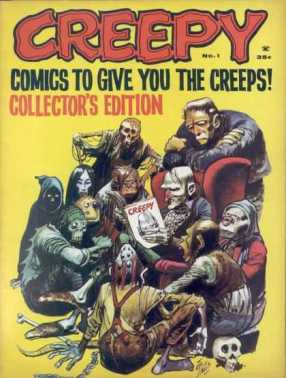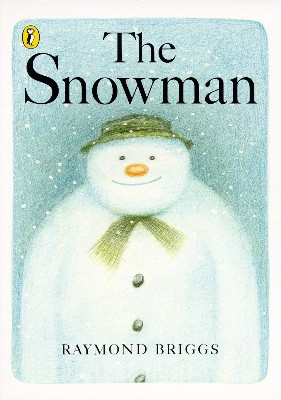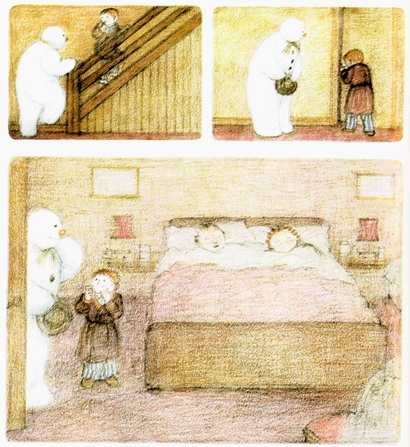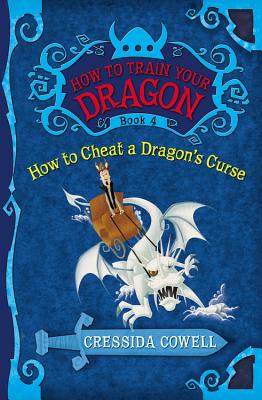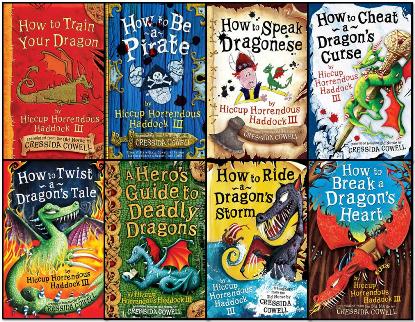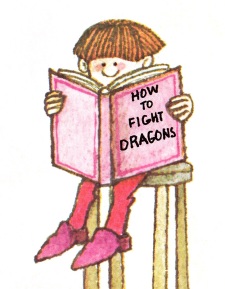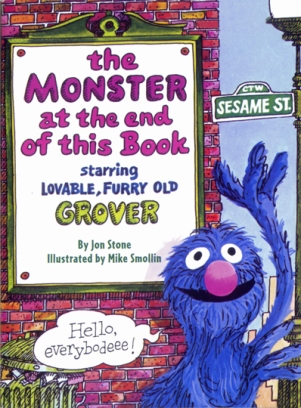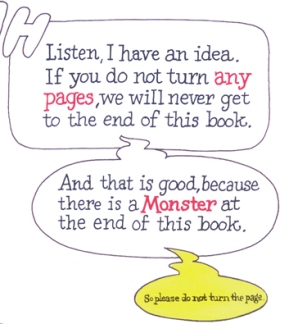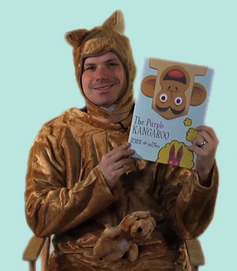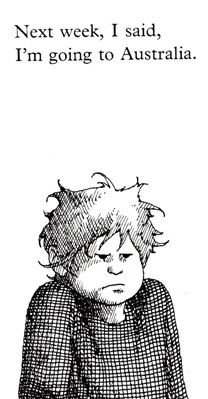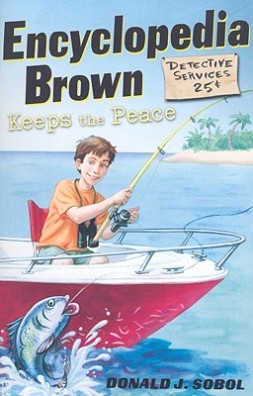
The detective wore sneakers....
My wife has been having a lot of fun recently reading some older chapter books with our daughter at bedtime (Lulu and the Brontosaurus, The Tale of Despereaux, Roald Dahl’s The Witches), and, I’ll admit, I’ve been stone-cold jealous. My few recent attempts to read longer works with our daughter have failed rather spectacularly, either degenerating into her telling me how much she dislikes “black and white only” books or with her working herself up into a frenzy because “Harry Potter is too scary for me, Dad! Don’t! DO NOT read it to me!!” (In my own defense, I’d barely lifted The Sorcerer’s Stone off the shelf before the freak-out commenced.) I love reading picture books and beginning readers with her, but I was anxious to see her reaction to being exposed to slightly longer, slightly more mature reading material. Plus she sat and listed quietly for her mom, so it’s not fair. (Crosses arms and pouts.)
My salvation ended up coming from an extremely nostalgic place for me – Donald J. Sobol’s Encyclopedia Brown series.
When I was a kid, our home library didn’t have a FRACTION of the books that my daughter has available to her every day. We used our local library a lot and I only have a vague recollection of a few specific books that we actually owned ourselves. (Just FYI – I have a notoriously lousy memory.) I remember our house having copies of The Giving Tree, Dr. Seuss’ Butter Battle Book, Alexander and the Terrible, Horrible, No-Good, Very Bad Day, a metric ton of “Choose Your Own Adventure” books, and an almost complete collection of Encyclopedia Brown mysteries.
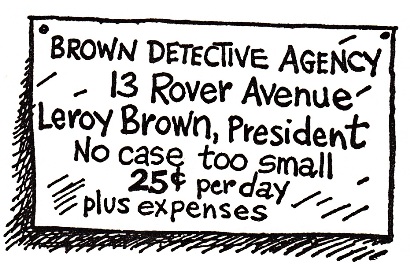
This might sound odd, but the illustration of this sign is easily one of the most iconic images from my childhood...
I picked up a copy of Encyclopedia Brown Keeps the Peace, volume six of Sobol’s original series, while on a family vacation two weeks ago and got almost giddy with nostalgia and long-forgotten memories as I flipped through the collection. Encyclopedia Brown gets mocked a lot in popular culture – getting jabbed at in everything from possibly my favorite Onion article ever to the fantastic cult comedy, Mystery Team, by Donald Glover and Derrick Comedy – BUT I legitimately, totally, and unironically love and respect the Encyclopedia Brown mysteries.
I think some people dismiss Donald Sobol as formulaic, which I understand, but give the man his due for creating a really wonderful formula. Sobol PERFECTED the procedural mystery for early readers. The “procedural mystery” is an incredibly powerful storytelling format, which has dominated television programming for years now in shows like CSI, NCIS, Castle, Psych, Law & Order, and House, among many others. People find comfort and structure in the procedural mystery. The stories are quick, detail-packed, and normally engaging since the reader will spend the duration of the tale wondering “whodunit”. And, if you have really great writers, you can tell some amazing stories in the procedural mystery format too.
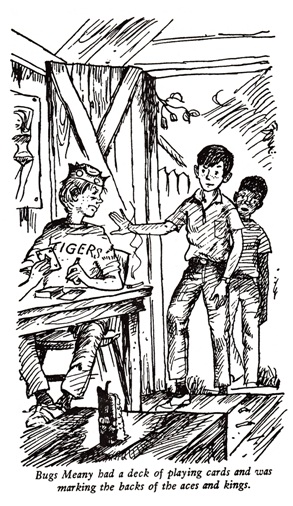
Pre-teen Sherlock vs. a very dim pre-teen Moriarty
I actually think Sobol is a great writer, and his mysteries are perfectly structured for early readers with potentially short attention spans. He uses recurring characters to make the reader empathize with his cast, he tells his stories in quick 6 to 10 page bursts, and he even gives his young readers a physical activity – flipping to the back of the book to read the solution to the mystery – to keep their interests.
Yes, Leroy Brown solves crimes WAY too easily and most of his cases can be cracked thanks to his obsessive knowledge of odd bits of obscure trivia. (“That sword isn’t from the Civil War! If it was, why would the inscription read the FIRST Battle of Bull Run… yadda, yadda, yadda.”) But, given the age of his target audience, I think all those are moot points. Sobol wasn’t trying to be Agatha Christie. He was making creative problem solving entertaining for kids through a nice mixture of relatable characters and the tried-and-true mystery format.
And, yes, the Encyclopedia Brown collections are fairly repetitive – but so is most series’ fiction. I think the constant, continually rebooting world of Brown’s hometown of Idaville is a welcoming, familiar place for young readers. Kids know how the world works in Idaville and, when reading an Encyclopedia Brown mystery, they’re using their aggregated past knowledge of how Sobol’s procedurals traditionally work to see if they can mentally jump to the solution hidden at the end of the book before they physically have to turn the pages and see if they’re right. In my opinion, it’s a really winning formula that encourages kids to be active, questioning readers and I don’t think Sobol gets enough credit for the simplicity and elegance of the Encyclopedia Brown format. [read the rest of the post…]
